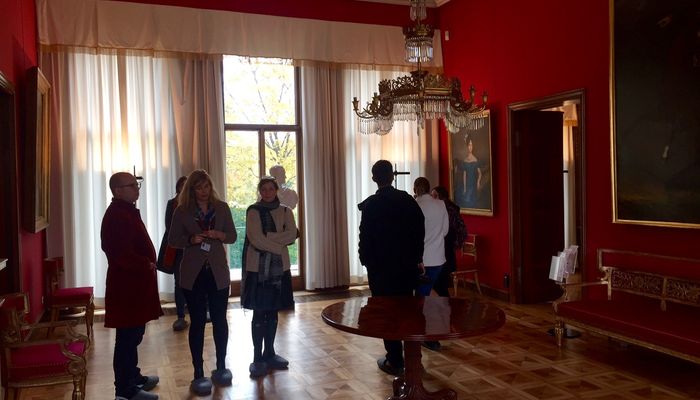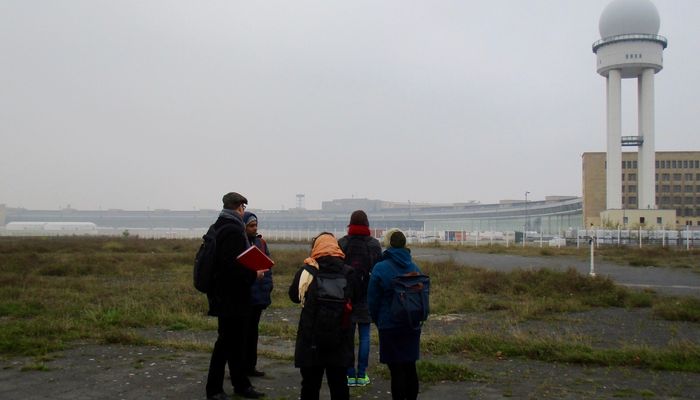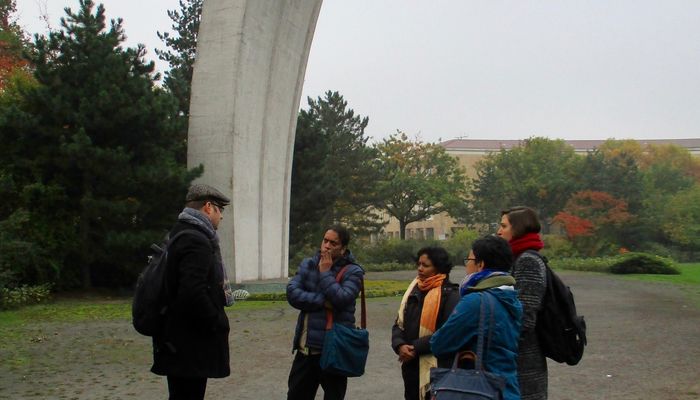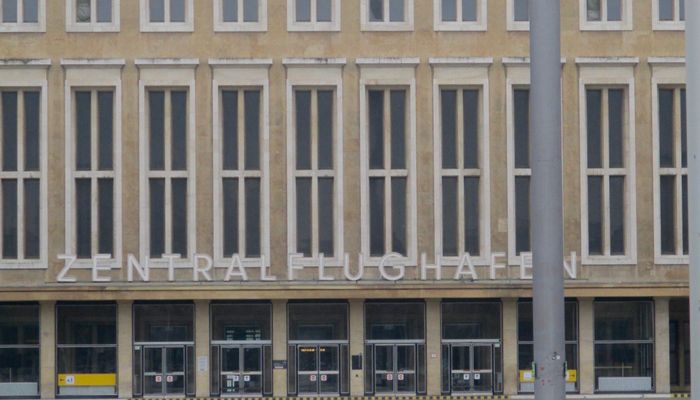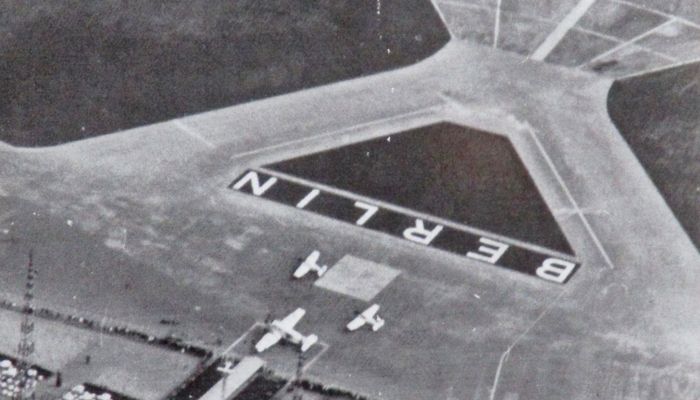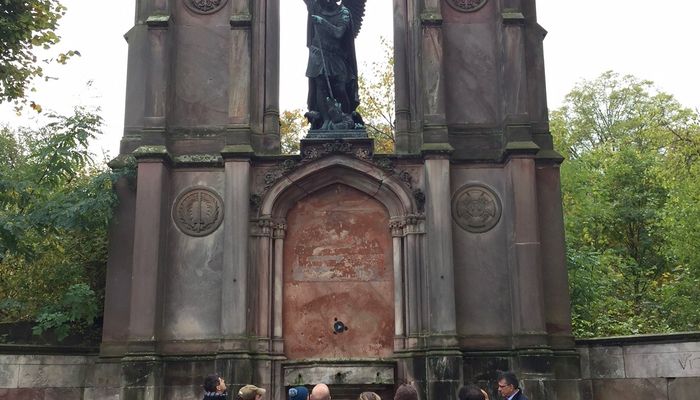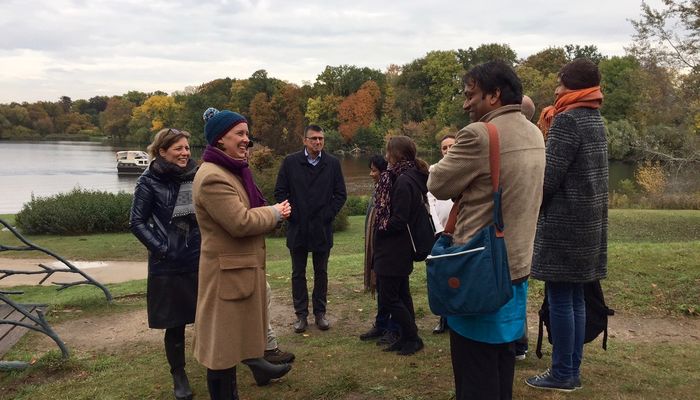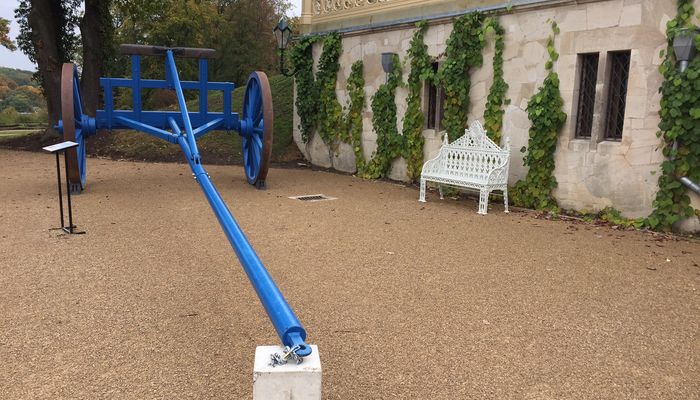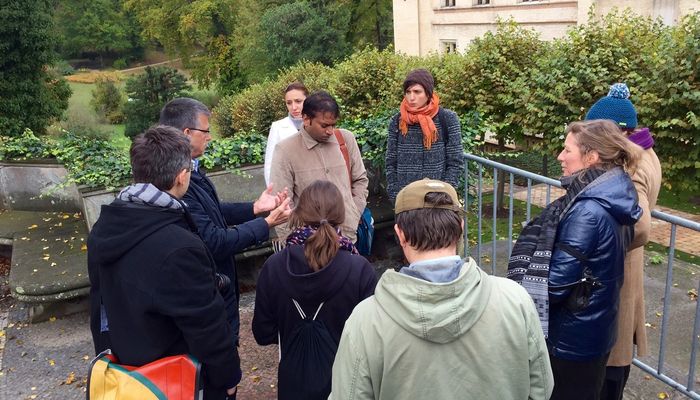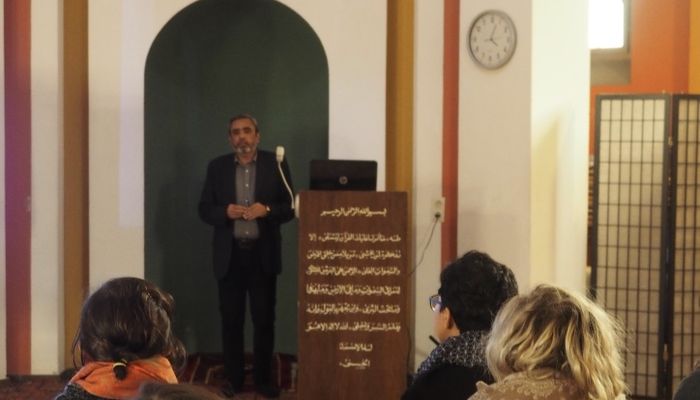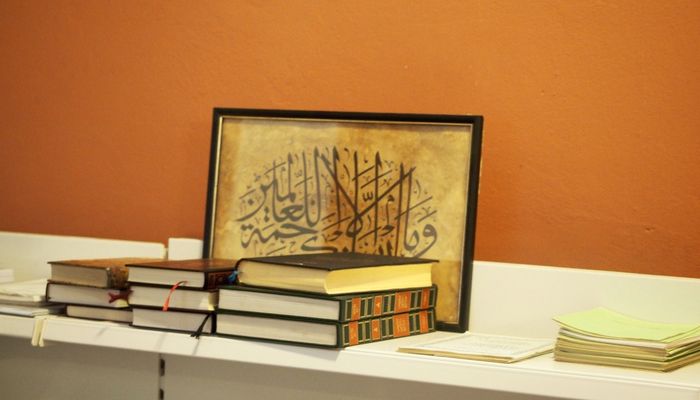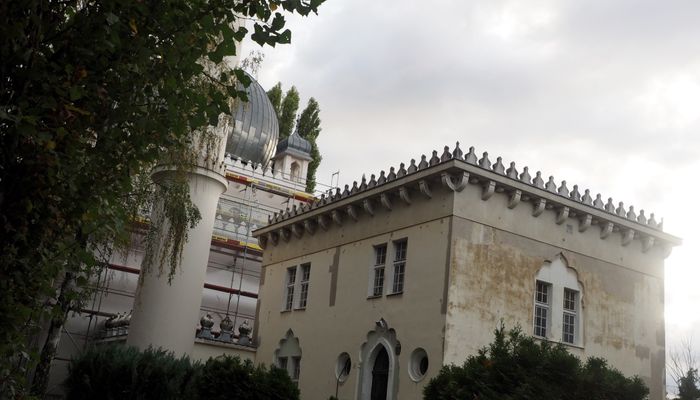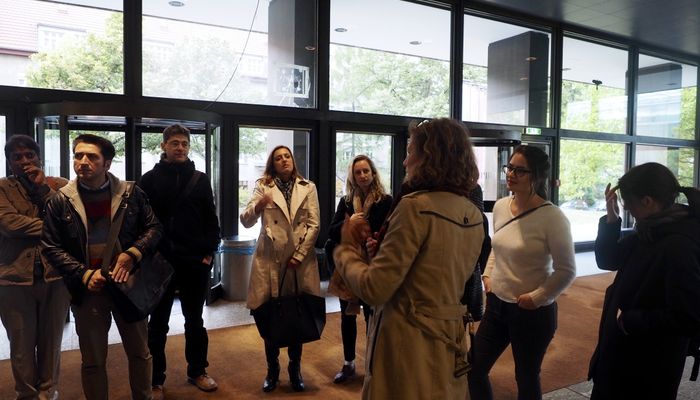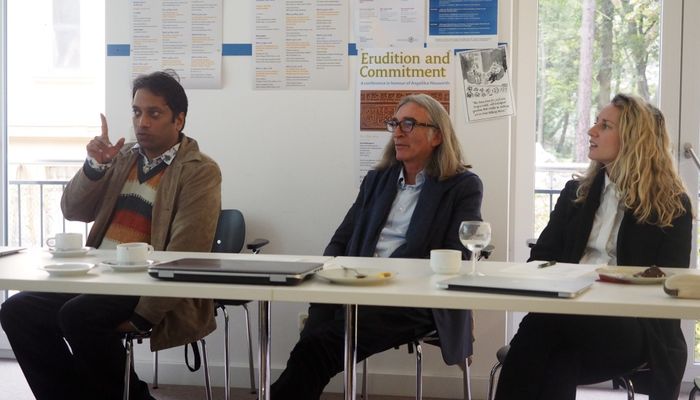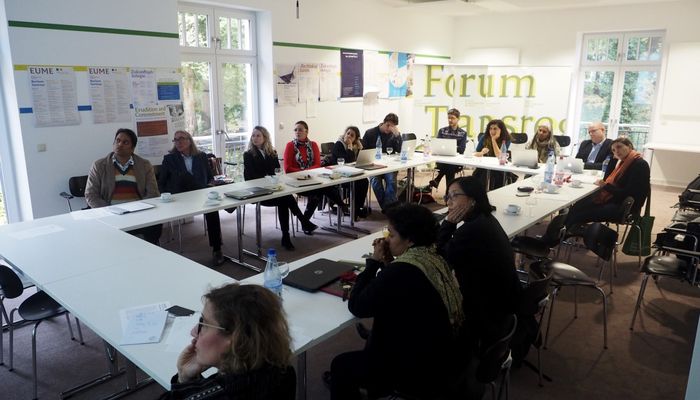This October, in order to welcome the Art Histories Fellows 2016/17 to the research program Art Histories and Aesthetic Practices, the group explored urban and environmental representative spaces and cultural institutions throughout Berlin and Potsdam. In a workshop, the Fellows of Art Histories and of the associated research program ‘Connecting Art History in the Museum’ (CAHIM) gathered for the presentations of the Fellows’ research projects.
Representative Spaces in Berlin and Potsdam – Urbanism, Representations of Power and Religion, Ecologies and Aesthetic Practices
Berlin, Potsdam
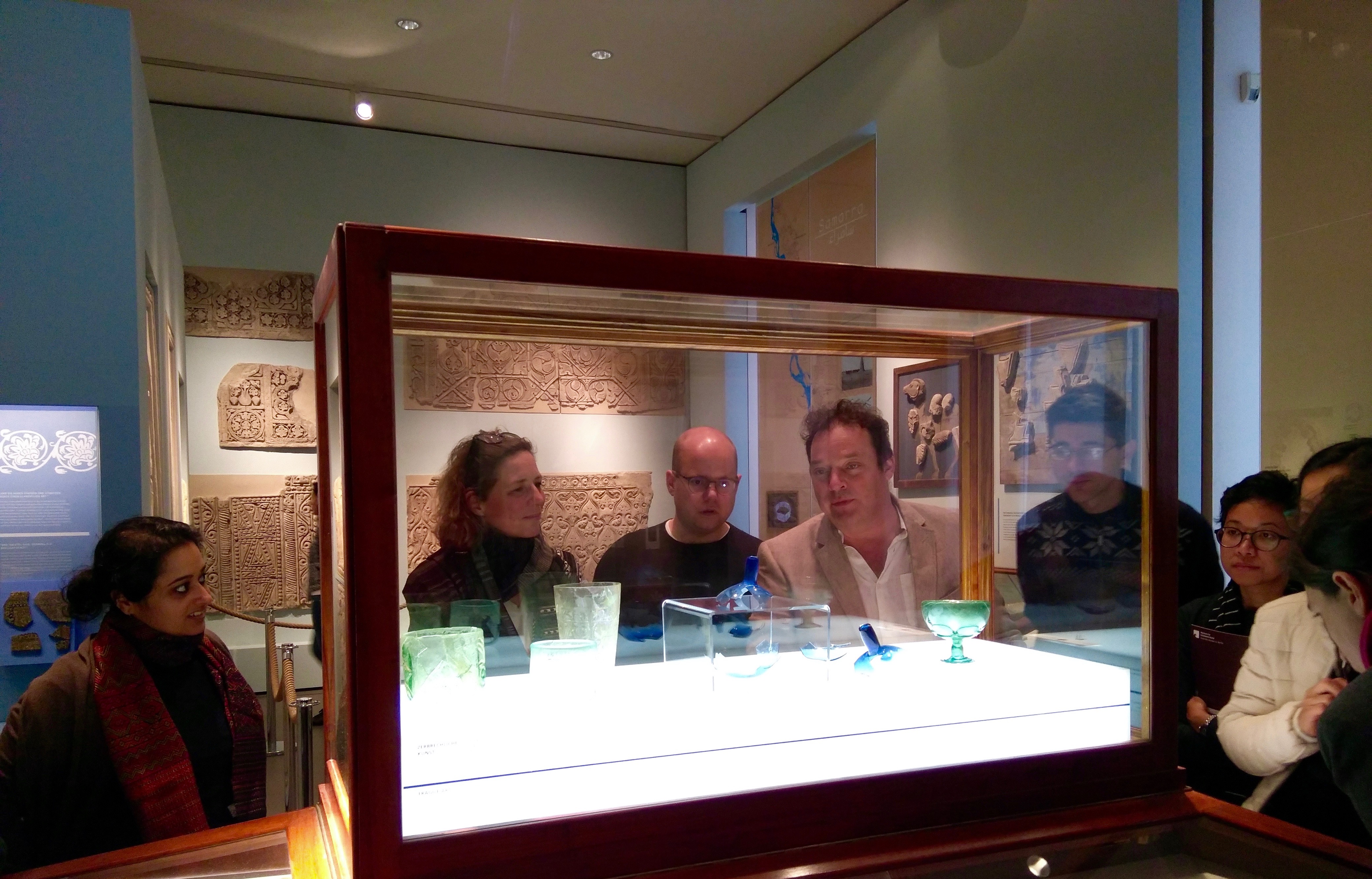
In Potsdam, the group visited palace and garden spaces and architecture at Babelsberg, Glienicke, and Sanssouci, addressing among others questions of originality, preservation, and regionality with the help of colleagues from Stiftung Preußischer Schlösser und Gärten (SPSG) and from the interdisciplinary research project ‘Historic Gardens and Climate Change’ of Berlin Brandenburgische Akademie der Wissenschaften (BBAW). While at SPSG, the group discussed restoration and the discrepancy of original or former function and present usability of these representative spaces with the director Prof. Dr. Hartmut Dorgerloh.
Back in Berlin, these representative spaces were juxtaposed to urban historic spaces by visiting Lustgarten, where the outlook on the Humboldt Forum was paramount, and by exploring the former Tempelhof Airport surroundings. There, the group focused on the representative function of the national socialist architecture and the transformation into a recreational space, also addressing the present function of the former airport architecture as refugee accommodation, particularly the possibilities of including the refugees in cultural activities.
The idea of historic functional transformation of representative spaces and objects was broadened by a visit of the Museum of Islamic Art with the director Prof. Dr. Stefan Weber. During the visit to the Lahore Ahmadiyya mosque in Wilmersdorf, the oldest existing Mosque in Germany, the question of representing Islam through architecture and the Muslim community, and the historic changes from its creation in the 1920s to the transformed political and sociological challenges of the 21st century were addressed by Imam Amir Aziz.

